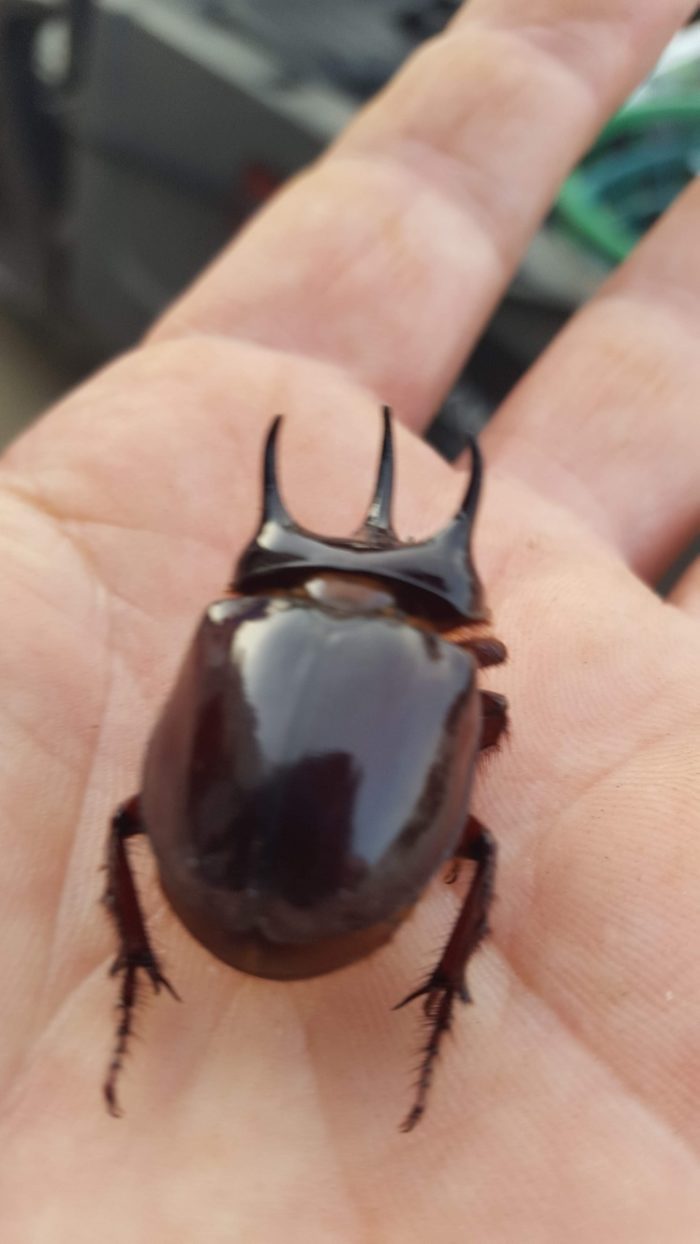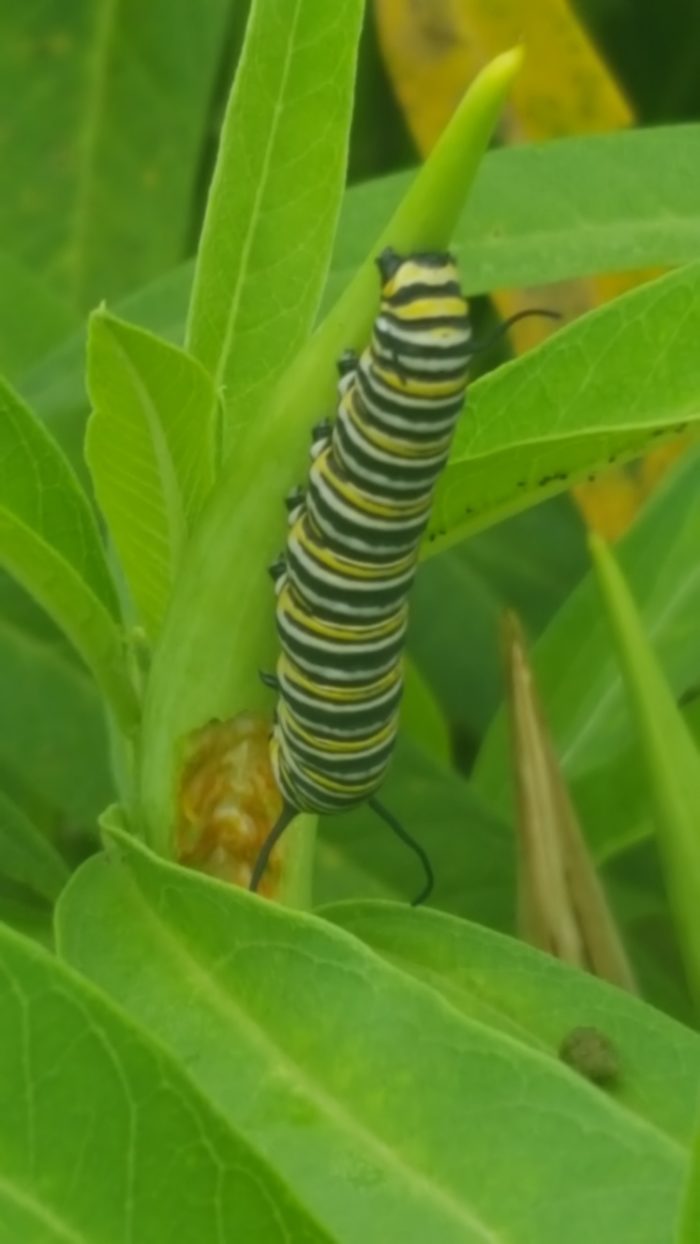Animal & Critter Damage to Landscaping
Suppressing & Recovering from Landscape Damage
Florida is known for year-round landscaping that is colorful, picturesque and quite beautiful. Occasionally, animals and other critters can interfere, leaving horticulturalists and landscapers to take preventive measures. If prevention is not possible, acting soon after havoc is wreaked may be the only way to minimize damage. We say this not only so that you can better understand the obstacles that Golden Ocala Golf & Equestrian Club confronts to bring gorgeous surroundings to members, but so that you can heed our advice if you ever encounter landscape dilemmas of your own.

Armadillos, Moles and More
Some of the biggest culprits when it comes to landscape damage at Golden Ocala are armadillos, moles and raccoons. Unfortunately, since these animals generally aren’t spotted until after damage is evident, these issues are usually unavoidable.
 Our Director of Horticulture, Bob Hollis, and his crew can use a trapper to remove raccoons if their impact is significant. Meanwhile, mole damage is generally confined to turf areas; they are typically dealt with by using mole traps. Armadillos are another story; they burrow under shrubs, patios, sidewalks, etc. Usually, we try to block burrow entrances and access points, which forces the creatures to move. If this action doesn’t work, trapping and relocating the armadillos to another area is an option, moving them to an off-site area where landscape damage will not present itself as a problem. Do keep in mind, it takes a company that specializes in trapping armadillos to get that job done.
Our Director of Horticulture, Bob Hollis, and his crew can use a trapper to remove raccoons if their impact is significant. Meanwhile, mole damage is generally confined to turf areas; they are typically dealt with by using mole traps. Armadillos are another story; they burrow under shrubs, patios, sidewalks, etc. Usually, we try to block burrow entrances and access points, which forces the creatures to move. If this action doesn’t work, trapping and relocating the armadillos to another area is an option, moving them to an off-site area where landscape damage will not present itself as a problem. Do keep in mind, it takes a company that specializes in trapping armadillos to get that job done.

Endless Grazing of Insects and Mollusks
Insects, snails and slugs pose a myriad of landscape-impact issues. Golden Ocala starts by applying pre-emergents and preventatives whenever possible. Occasionally, environmental factors inhibit efficacy. As a result, Bob’s team often has to wait until these critters have done their duty. The team must employ directed sprays on specific targets to gain the best outcome with the least amount of harm to surrounding areas.
Chemical Usage and Organic Options
Chemical usage is largely dependent on:
- Target pest, climactic conditions
- Season (inhibited sun exposure caused by seasonal growth, etc.)
- Stage of maturity of the target pest
- Location
- Proximity to human and pet activities
- Weather (excess water, lack of water, excess heat, seasonal cool downs, etc.)
 While types of chemicals range in the hundreds or more, due to all the environmental variables, organic options are limited. Golden Ocala attempts to employ mechanical removal, such as trimming, pruning and watering, whenever possible. There are a few organics on the market that have limited effectiveness on certain plants. For example, pyrethrins are derived from chrysanthemums and are effective on certain insects, such as ants, mosquitoes, moths, flies and fleas. Other insects can be fought off with horticultural oil, along with insecticidal soap, pepper sprays and more. Diatomaceous earth — a talc-like powder made of fossilized marine phytoplankton — can be used to combat slugs and snails.
While types of chemicals range in the hundreds or more, due to all the environmental variables, organic options are limited. Golden Ocala attempts to employ mechanical removal, such as trimming, pruning and watering, whenever possible. There are a few organics on the market that have limited effectiveness on certain plants. For example, pyrethrins are derived from chrysanthemums and are effective on certain insects, such as ants, mosquitoes, moths, flies and fleas. Other insects can be fought off with horticultural oil, along with insecticidal soap, pepper sprays and more. Diatomaceous earth — a talc-like powder made of fossilized marine phytoplankton — can be used to combat slugs and snails.
There is plenty of further information that Golden Ocala’s horticulture team would be happy to share with you on this topic, so that you may apply these techniques on your own or gain an appreciation for what goes into acres of community landscaping. Call (352) 629-6229.